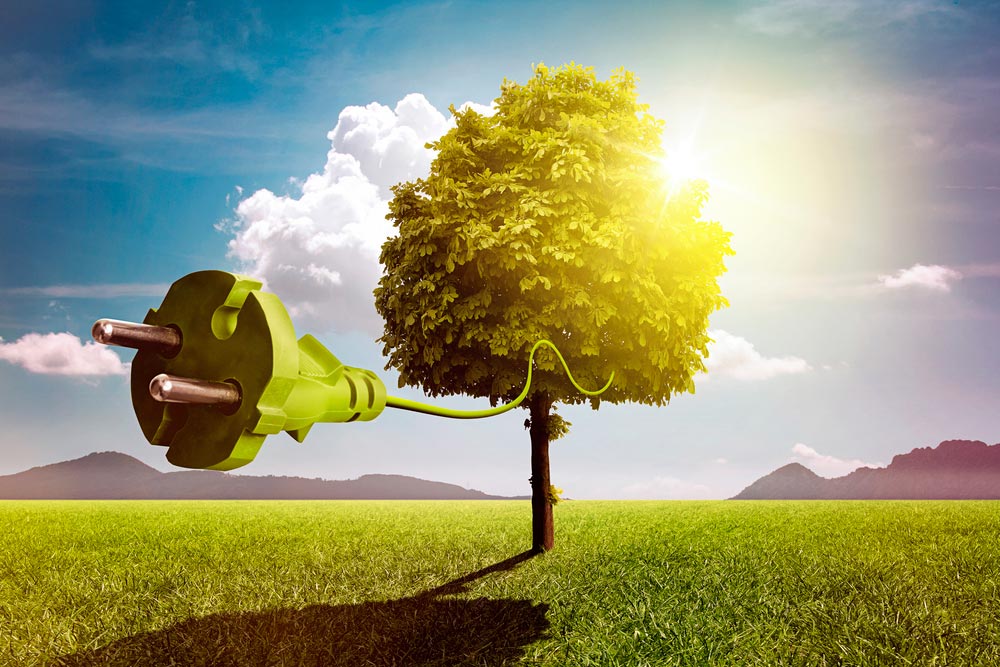In the current panorama, where the availability of fresh water becomes increasingly challenging, the installation of desalination plants is presented as an innovative solution to address the growing demand for water. DSAL, a leader in the desalination industry, delves into the crucial details of the economic costs associated with establishing the first desalination plant, highlighting the complexity and strategic considerations necessary in this endeavor.
Initial Infrastructure Costs:
One of the most significant components in establishing a desalination plant is the initial investment in infrastructure. This includes the acquisition of land, the construction of facilities, the implementation of desalination systems and the installation of high-tech equipment. DSAL recognizes that this initial outlay is considerable and varies depending on plant capacity, technology used and geographic location. Site choice is particularly crucial as it affects not only construction costs but also long-term operational efficiency.
Operation and Maintenance Costs:
In addition to initial costs, operating and maintenance expenses represent a significant portion of the total investment. DSAL highlights that these costs include the energy required for the desalination process, the acquisition and treatment of seawater, the disposal of by-products and the specialized labor to ensure continuous and efficient operation. The choice of energy efficient technologies and optimized operation processes is essential to minimize these costs over time and ensure the economic viability of the plant.
Environmental and Regulatory Costs:
Consideration of environmental and regulatory costs is imperative in the establishment of desalination plants. DSAL emphasizes that complying with environmental regulations and obtaining regulatory approvals is a process that takes time and financial resources. These costs may also include measures to mitigate environmental impact, such as proper management of saline byproducts produced during the desalination process. Environmental sustainability and regulatory compliance are critical factors for the acceptance and long-term success of the desalination plant.
Research and Development:
Investing in research and development (R&D) is another essential component. DSAL recognizes that continuous innovation is key to improving the efficiency of desalination processes, reducing operating costs and addressing environmental challenges. Expenditures on R&D allow desalination plants to remain at the forefront of technology, ensuring competitiveness in a constantly evolving market.
Financing Costs:
In addition to the direct costs associated with construction and operation, DSAL highlights the importance of financing costs. Raising capital for the establishment of a desalination plant may involve interest rates, loan payments and other financial considerations that directly impact the long-term economic viability of the project.






